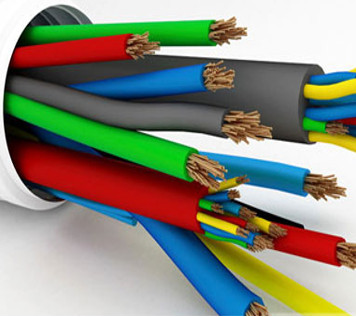Mining Cable from A to Z: All About Different Types of Mining Cable

Every mine uses electricity for a variety of tasks, both underground and on the surface. The necessary electrical power is either obtained through a substation from the nearby electricity supply or, more frequently, from a generating station at the mine. It is common knowledge that cables used underground at coal mines must resist challenging circumstances, including exposure to roof falls, moisture, and other potential damage-causing factors. Therefore, Mining Cable or trailing mining cable needs to be sturdily constructed to endure the harsh use they experience. In addition, ongoing maintenance is necessary to guarantee their dependability and safety. In actuality, sturdy and dependable cables are crucial for effective coal production. Additionally, these mining cables must adhere to the earthing requirements, which state that one of the power conductors' conductance must be at least 50% greater than the conductance of the earthing conductor. Detail About Mining Cable Mining ca
.jpg)



